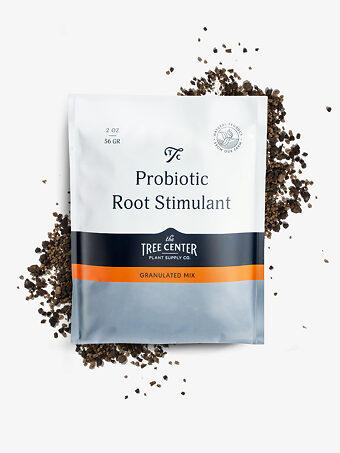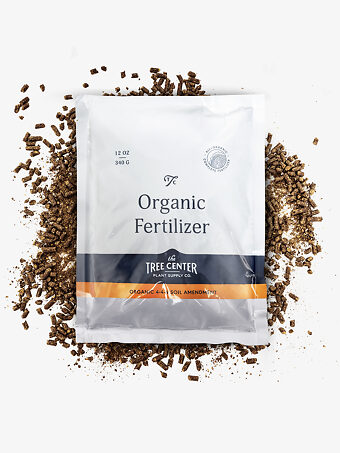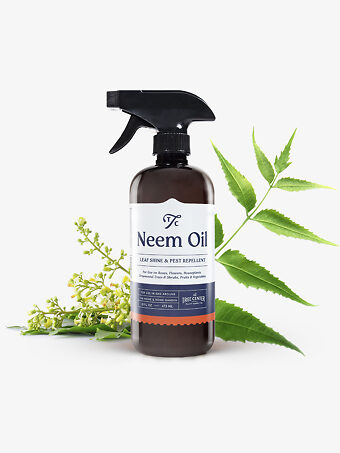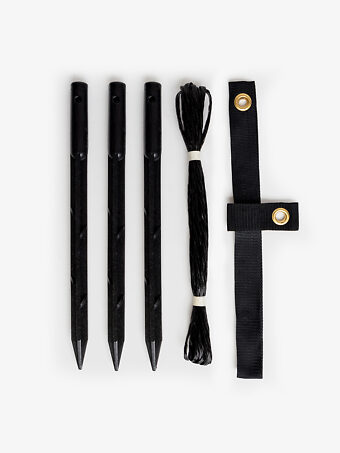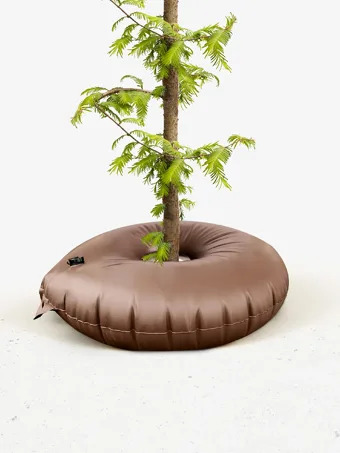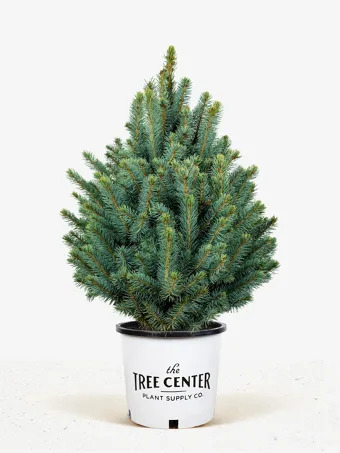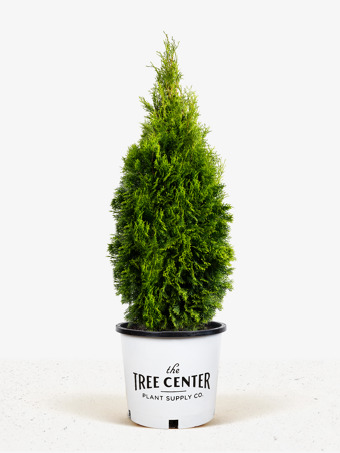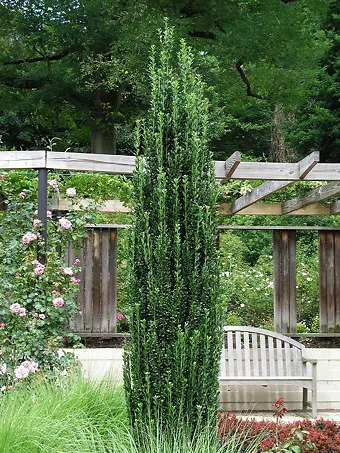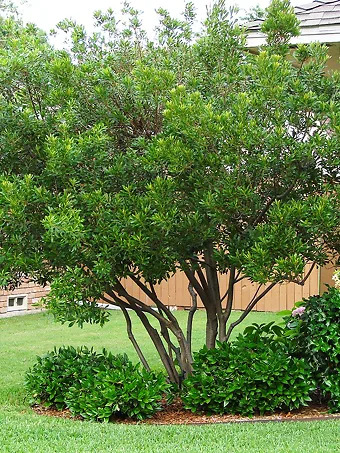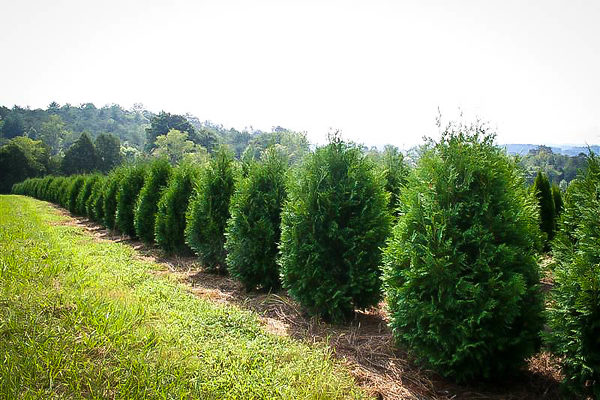
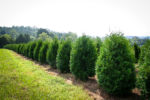
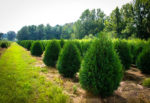
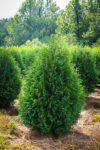

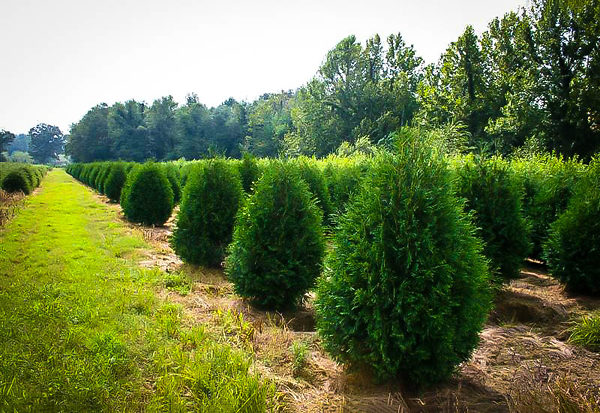
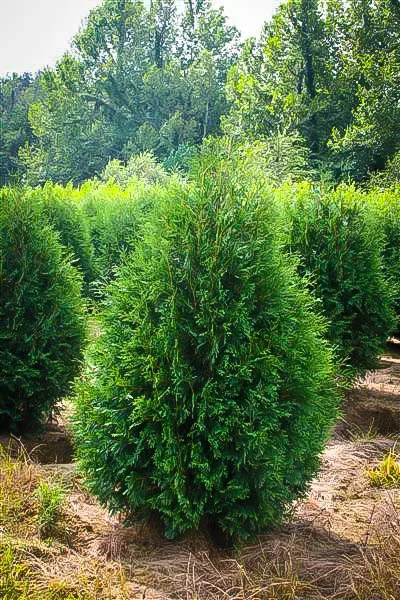
Techny Arborvitae
Thuja occidentalis 'Techny'View more from Arborvitae Trees
Techny Arborvitae
Thuja occidentalis 'Techny'
Select size
Size Guideselect quantity
Buy in monthly payments with on orders over $50.Prequalify now
on orders over $50.Prequalify now
this item doesn’t ship to
The Techny Arborvitae is the number-one choice for evergreens in the coldest areas. This selected plant is hardy right down to minus 50, and it never turns bronze in winter, as many other forms do. It has maximum hardiness for the coldest areas, and its broad, dense form gives you maximum wind and snow resistance. If you are looking for screening, a hedge, or specimens to fill parts of your garden with easy-care plants, then look no further. This plant was specially chosen because of its outstanding characteristics, so you can rely on it to do the job, and give uniform results, much better than cheaper seedling trees will. There is no comparison between selected trees like this and the common arborvitae trees often sold for hedging.
- Top choice evergreen for the coldest regions
- Dense foliage is green all year
- Hardy to minus 50 degrees, with no bronzing
- Extra-broad base for maximum wind resistance
- Trims beautifully into a hedge, or grow naturally as a screen
Plant the Techny Arborvitae in a sunny or partially shades spot in all types of soil. It is tolerant of damp, but it will not grow permanently in water. Keep young trees well-watered for maximum growth, but once established this tree will withstand normal summer drought with no problems at all. It is generally pest and disease free, and this in one of the easiest, yet toughest, plants to grow. Build the key elements of your garden, like hedges and screens, with an easy plant like this, and the shelter it gives will open up many new possibilities for other plants you will be able to grow in your garden.

Botanical Name:
Thuja occidentalis 'Techny'
Mature Width:
6-10 ft
Mature Height:
10-15 ft
Grows Well In:
Zones 3-8
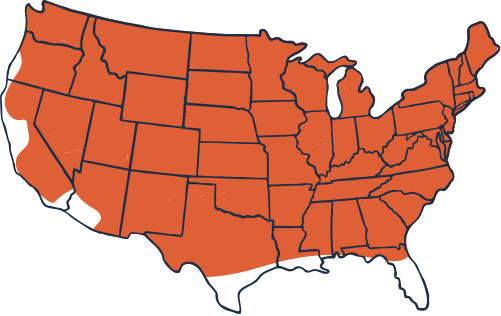
Sun Needs:
Full Sun, Partial Sun
Water Needs:
Moderate
Growth Rate:
Fast
